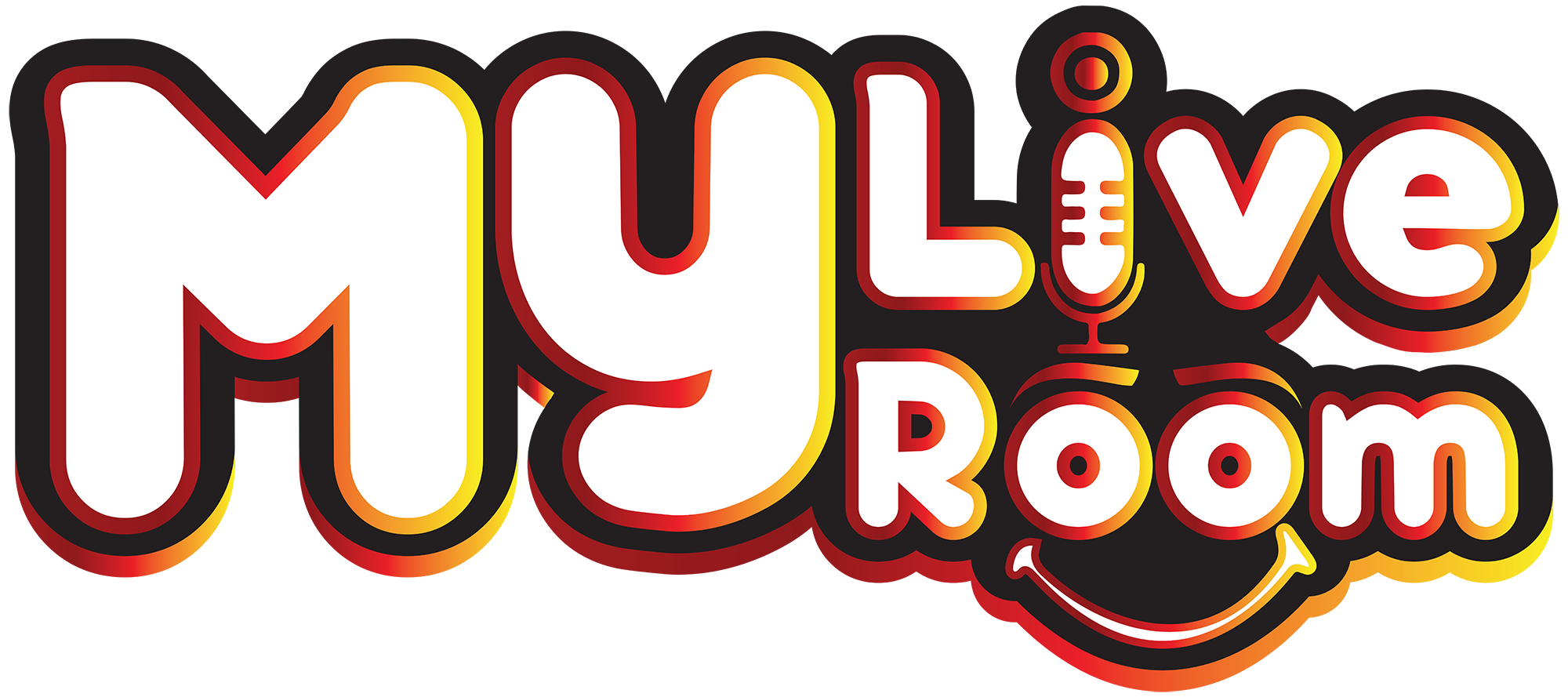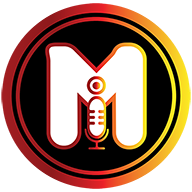The Essential Comfort and Protection Tool for Serious Lifters
For anyone who’s ever attempted a heavy barbell squat, hip thrust, or lunge, the pain and pressure of a metal bar digging into your neck, shoulders, or hips is all too familiar. That's where a Barbell Shoulder Pads comes in — a simple yet powerful accessory that enhances comfort, improves performance, and helps prevent injury.
Whether you’re just starting your strength training journey or you're an experienced lifter pushing heavy weights, a quality barbell pad can make all the difference in your training. In this guide, we’ll cover what a barbell shoulder pad is, why you should use one, how it helps, and what to look for when choosing the right pad for your needs.
What is a Barbell Shoulder Pad?
A barbell shoulder pad (also known as a squat pad or barbell cushion) is a thick foam or high-density rubber pad that wraps around the barbell to provide cushioning and support. It’s most commonly used during exercises like squats, lunges, and hip thrusts — movements where the bar comes into direct contact with sensitive areas like the neck, shoulders, or pelvis.
Why Use a Barbell Shoulder Pad?
✅ Enhanced Comfort
Barbells are made of steel, and when loaded with weight, they can exert significant pressure on your neck, traps, and hips. A barbell pad distributes the weight more evenly across your shoulders or hips, reducing pain and discomfort.
✅ Better Form and Focus
Discomfort can cause lifters to compensate with poor posture or rushed reps. With a shoulder pad, you're able to focus on proper technique and controlled movement, leading to better results and a reduced risk of injury.
✅ Injury Prevention
Repeated pressure on the cervical spine or pelvis can cause bruising, nerve compression, or inflammation. Barbell pads help protect those sensitive areas, especially during high-volume or high-weight sessions.
✅ Confidence for Beginners
New lifters often feel intimidated by barbell exercises. A pad helps them get comfortable under the bar without fear of bruising or pain, making strength training more accessible and enjoyable.
Top Exercises That Benefit from a Barbell Pad
1. Barbell Squats
Whether doing back squats or front squats, a barbell pad helps cushion the bar against the shoulders and neck, allowing you to maintain better posture and focus on depth and control.
2. Hip Thrusts
During glute bridges and barbell hip thrusts, the bar rests on the pelvis. Without a pad, this can be extremely uncomfortable — especially as the weight increases. A barbell pad allows for pain-free, progressive overload.
3. Lunges
Barbell lunges put direct pressure on the shoulders and collarbones. A pad helps balance the bar and ease the load, so you can train legs and glutes more effectively.
4. Standing Calf Raises
When performing these with a barbell, a pad helps reduce neck strain and allows you to maintain balance and focus on the squeeze.
What to Look for in a Barbell Shoulder Pad
🔹 High-Density Foam
Look for a pad made of high-density foam that won’t flatten under heavy loads. It should offer just the right balance between softness and support.
🔹 Anti-Slip Surface
A non-slip texture or Velcro strap ensures the pad stays firmly in place on the barbell during lifts — so you don’t have to adjust it mid-set.
🔹 Ergonomic Design
Many high-quality pads feature a contoured shape that fits perfectly around the neck and shoulders. This ergonomic design increases stability and comfort.
🔹 Durability
Cheaper pads tend to wear out quickly or tear. A durable pad made from tear-resistant materials will last through intense training sessions.
🔹 Universal Fit
Make sure the pad fits standard Olympic barbells (typically 2” diameter) and can be used for both straight and curved bars.
Tips for Using a Barbell Pad
-
Always center the pad on the bar to ensure balanced weight distribution.
-
Use a pad as a training tool — not a crutch. Work on building your shoulder and back strength over time.
-
Keep it clean, especially if sharing at the gym. Many pads are sweat-resistant or washable.
-
Pair it with proper technique — a pad won’t fix bad form but will make good form more sustainable.
Common Myths About Barbell Pads
❌ “Only beginners use barbell pads.”
Not true. Many elite lifters use pads for hip thrusts, squats, and lunges to increase comfort and performance. It's a tool — and smart athletes use the right tools.
❌ “Pads weaken your shoulders.”
Barbell pads don’t reduce the work your muscles do; they just reduce unnecessary pain. In fact, they can help you lift more consistently and with better form, leading to greater strength gains.
Final Thoughts
A barbell shoulder pad may seem like a small addition to your gym bag, but it can have a major impact on your comfort, safety, and lifting performance. By reducing pressure, encouraging proper form, and making key exercises more accessible, a good barbell pad empowers you to train smarter and harder.
Whether you’re chasing PRs or just starting to squat with confidence, this simple piece of equipment is well worth the investment.
- Art
- Causes
- Crafts
- Dance
- Drinks
- Film
- Fitness
- Food
- Игры
- Gardening
- Health
- Главная
- Literature
- Music
- Networking
- Другое
- Party
- Religion
- Shopping
- Sports
- Theater
- Wellness
- Social



